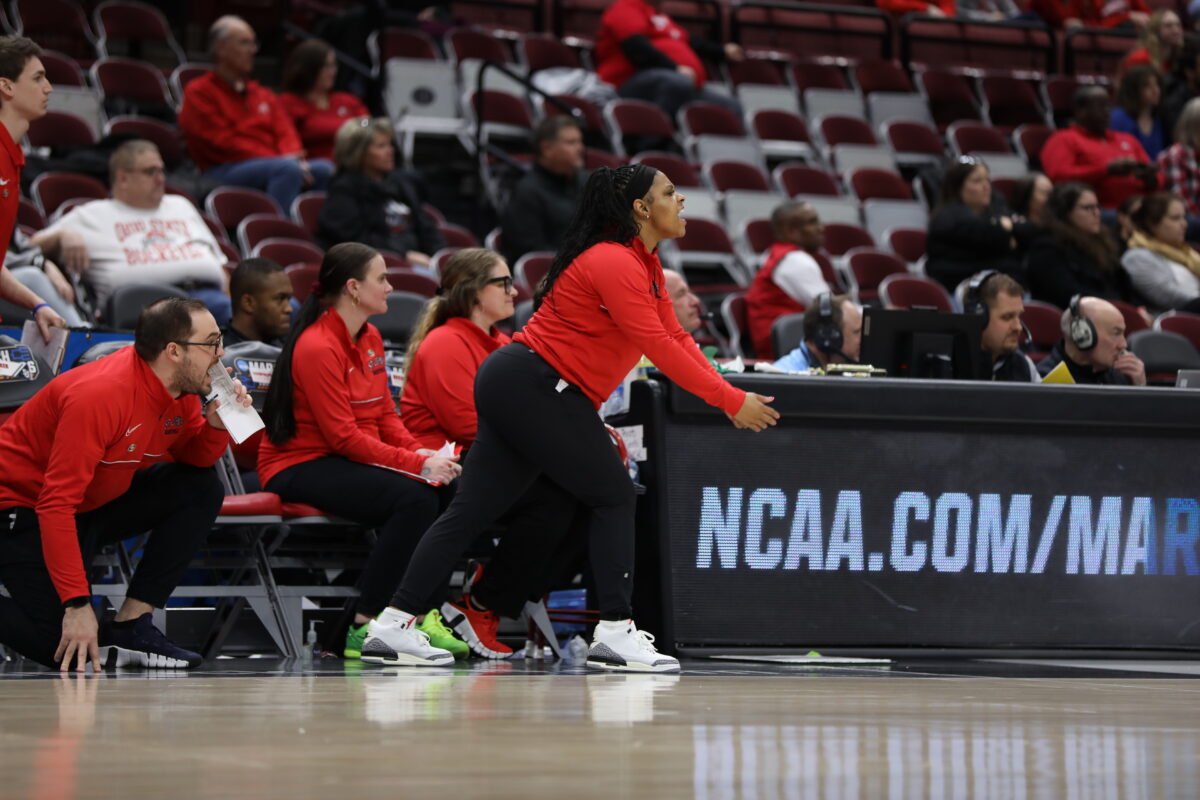Homeland Security for H20
It’s a post-9-11 scenario that most homeland security experts agree is not a matter of if but when: a “dirty bomb” attack in the United States.
Technically known as radiation dispersal devices or RDDs, dirty bombs combine conventional explosives with radioactive material, most likely cesium or cobalt stolen or scavenged from medical or industrial use. Often confused by the public with nuclear weapons, a dirty bomb’s primary impact is psychological, since while they could render an entire city block uninhabitable for quite some time, overall damage would be limited beyond that area.
Like many scientists since 9/11, Brian E. Reed, William and Lillian Hackerman Chair of Engineering and Chair of UMBC’s Civil and Environmental Engineering (CEE) Department, has studied how his field can contribute to homeland security. Reed has recently studied a serious side effect of dirty bombs: the toxic trickledown effect on the environment and water supply in the aftermath of an attack.
“If an RDD attack happened in our region, first responders would use water to extinguish fires and control dust at a detonation site, and the contaminants could ultimately end up in the Chesapeake Bay watershed,” said Reed. “The public health and environmental impact would vary depending on the type and potency of the attack, but the mass psychological impact would be significant, requiring a focused and immediate response.”
Reed realized that many available advanced technologies for cleaning up and limiting damage by dirty bombs were too complex and expensive to be practical in an emergency. He found that adsorbents materials that cause the molecules of liquids, gases, and dissolved substances to adhere to the surfaces of solids offered a more robust response and easier disposal of contaminants.
Under a U.S. Environmental Protection Agency grant, Reed and his graduate students are testing adsorbent materials in CEE laboratories located at UMBC’s Technology Research Center (TRC).
The civil and environmental engineering department (CEE) is part of a growing cluster of collaborative environmental research entities headquartered at UMBC, including the Center for Urban Environmental Research and Education (CUERE) (led by CEE colleague Claire Welty) and the Baltimore Ecosystem Study (BES).
A native of Buffalo, NY, Reed came to UMBC in 2002 from the University of Missouri-Columbia to help build on the success of department founder the late Dr. Severino “Bino” Koh and Reed’s CEE colleague Dr. Jack Gwo, a challenge that has him energized.
“It’s a great chance to build a new department that is not constrained by how civil and environmental engineering departments have operated in the past,” Reed said. “Our goal is to produce a different type of environmental engineer – one who is able to work closely with scientists and policy professionals in solving the complex environmental problems facing the nation. Working closely with CUERE, BES and departments such as geography and environmental systems gives our students a much broader outlook on how environmental problems are addressed.”
(9/12/05)



